The landscape of high school athletics is undergoing a fundamental transformation. Name, Image, and Likeness (NIL) rights—once reserved exclusively for college and professional athletes—have begun extending to high school student athletes in select states and circumstances. This shift creates unprecedented opportunities for talented young athletes to benefit financially from their achievements while simultaneously introducing complex challenges for schools, athletic directors, coaches, and families navigating this new terrain.
Understanding NIL in the high school context requires examining legal frameworks, state-by-state regulations, NCAA eligibility implications, equity considerations, and practical implementation strategies. Schools must balance supporting student athletes’ legitimate opportunities with maintaining educational priorities, competitive equity, and compliance with evolving regulations. Meanwhile, athletes and families need clear guidance about what NIL means, what opportunities exist, what risks to avoid, and how to make informed decisions that protect long-term college and professional prospects.
As of October 2025, high school NIL remains in early stages with significant variation across states, sports, and circumstances. Some states have enacted legislation explicitly allowing high school athletes to profit from their name, image, and likeness, while others prohibit such activities or maintain ambiguous positions. Meanwhile, college athletic associations continue refining eligibility rules that affect how high school NIL participation impacts future collegiate opportunities. This dynamic environment requires staying current with developments while making informed decisions based on available information.
Understanding NIL: What Name, Image, and Likeness Rights Mean
Before examining high school-specific applications, understanding what NIL rights entail provides essential foundation.
Defining Name, Image, and Likeness Rights
NIL rights refer to an individual’s ability to control and profit from commercial use of their personal identity. In athletic contexts, this includes the athlete’s name appearing in advertisements or endorsements, photographic or video images used in marketing or promotional materials, likeness represented through drawings, digital avatars, or other representations, voice recordings used in commercials or other media, and biographical information or statistics used for commercial purposes.
Historically, amateur athletic organizations strictly prohibited athletes from receiving any compensation related to their athletic participation, including NIL-related income. The reasoning held that preserving amateurism required complete separation between athletic competition and commercial activity. This model prevented college and high school athletes from earning income that professional athletes routinely received, even when their names, images, and achievements generated substantial commercial value for institutions, conferences, and governing bodies.
The Evolution of NIL in Amateur Athletics
The traditional amateur model began eroding in recent years as legal challenges, public opinion, and legislative action converged. Several factors drove this transformation including legal challenges arguing that restrictions on athlete compensation violated antitrust laws and labor regulations, growing public awareness that athletic programs and governing bodies generated billions in revenue while prohibiting athlete compensation, state legislative action in several states passing laws allowing college athletes to profit from NIL, and NCAA policy changes reluctantly adapting policies in response to legal and legislative pressure.
In 2021, the NCAA implemented interim policies allowing college athletes to profit from their NIL for the first time. This watershed moment fundamentally changed college athletics and inevitably created downstream effects on high school athletics. Once college athletes could earn NIL income, questions naturally arose about whether high school athletes should have similar rights.
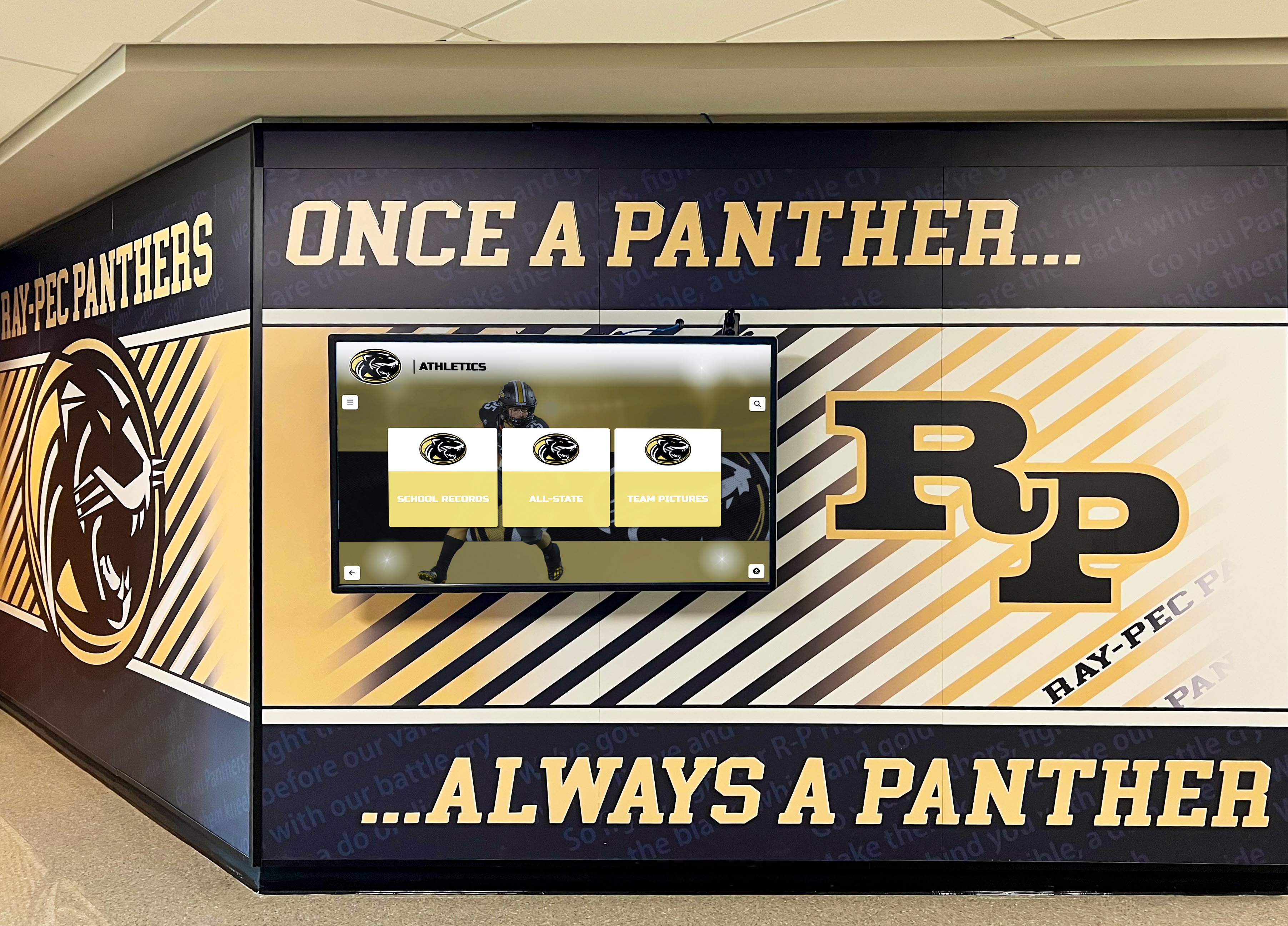
Why NIL Matters for High School Athletes
High school NIL carries significance beyond immediate financial opportunities. Understanding broader implications helps athletes, families, and schools make informed decisions.
Potential Benefits:
Financial Opportunities: Talented high school athletes may earn meaningful income through local business endorsements, social media partnerships, sports camps and clinics bearing their names, autograph signings or memorabilia sales, and personal brand development that can continue into college and professional careers. For families facing financial challenges, these opportunities can provide valuable resources.
Entrepreneurship and Financial Literacy: NIL engagement teaches valuable life skills including contract negotiation and review, personal brand management, financial planning and tax obligations, marketing and self-promotion, and business relationship development. These skills benefit athletes regardless of whether they continue in athletics.
Recognition of Market Value: NIL acknowledges that exceptional athletes create value that extends beyond personal achievement. When local businesses want to associate with successful athletes, NIL allows athletes to benefit from the commercial value their success generates rather than requiring purely amateur status that benefits everyone except the athletes themselves.
Equity Considerations: While high-profile athletes in revenue sports often receive substantial attention and resources, NIL can provide opportunities for athletes in all sports to benefit from their achievements and local recognition. An outstanding wrestler, swimmer, or volleyball player might have meaningful local following that creates NIL opportunities even without national prominence.
High School NIL Versus College NIL: Key Differences
While high school and college NIL share conceptual similarities, important differences affect implementation and implications.
Regulatory Environment: College NIL operates under NCAA rules (with significant variation across conferences and schools), while high school NIL falls under state high school athletic association rules, state legislation, and local school district policies. This creates far more variability in high school contexts.
Market Reality: College athletes, particularly in high-profile sports at major programs, can access substantial NIL opportunities through national brands, collectives, and significant media exposure. High school athletes typically face much smaller markets limited to local businesses, personal social media followings, and regional recognition. Expectations must reflect these market realities.
Educational Context: High schools serve students aged 14-18 in compulsory education environments with stronger in loco parentis responsibilities than colleges serving legal adults. This creates additional considerations around protecting minors, maintaining educational priorities, ensuring parental involvement, and preventing exploitation.
Competitive Balance Concerns: While competitive balance concerns exist in college sports, high school athletics face more acute challenges. High schools typically serve defined geographic areas with limited ability to compete for students, making recruitment-related NIL particularly concerning for competitive equity.
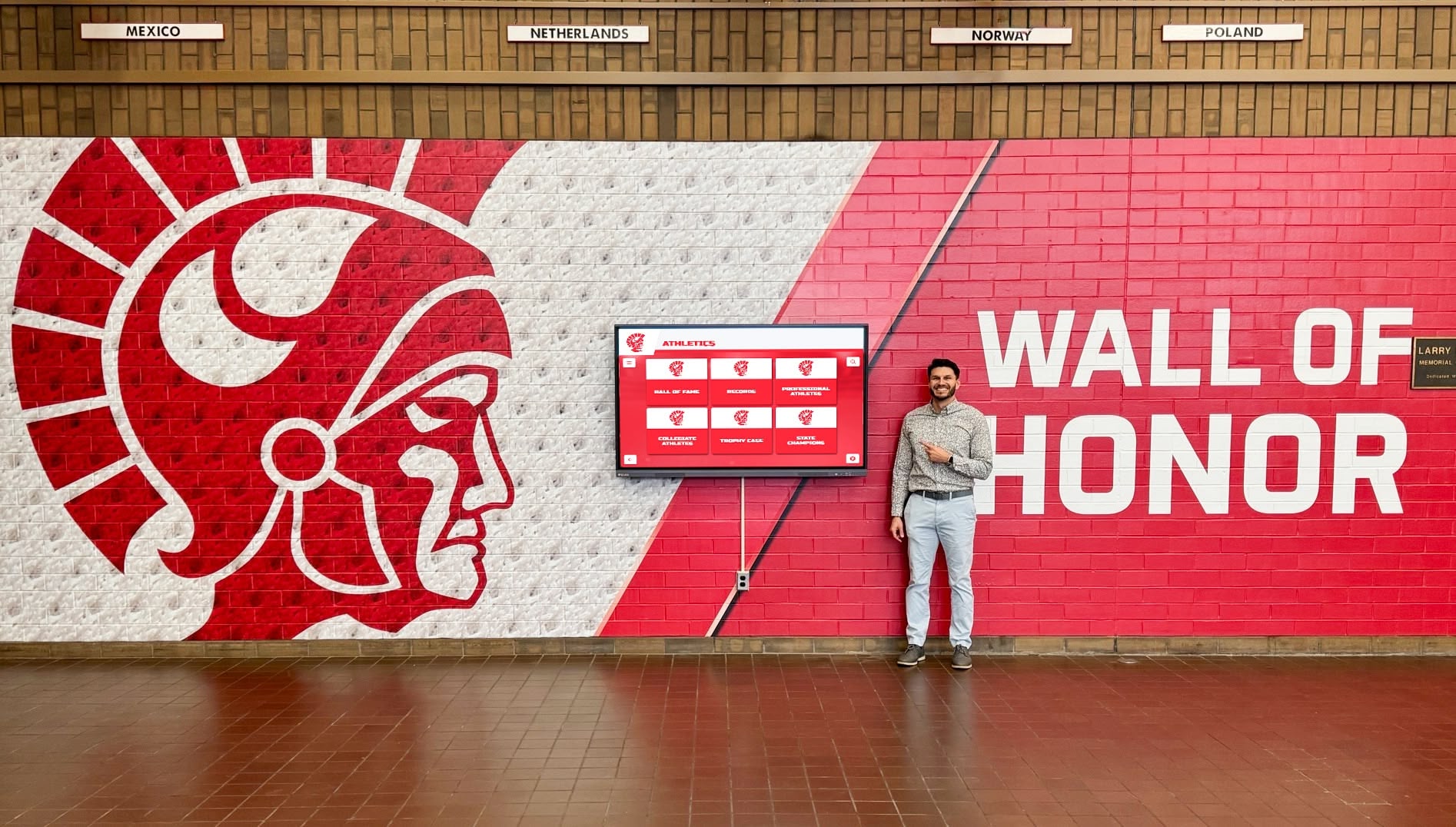
State-by-State High School NIL Landscape
High school NIL regulation occurs primarily at the state level, creating a complex patchwork of varying approaches.
States Explicitly Allowing High School NIL
As of October 2025, several states have enacted legislation or adopted state athletic association policies explicitly allowing high school athletes to profit from their name, image, and likeness, though specific regulations vary significantly.
Common Provisions in Permissive States:
States allowing high school NIL typically include certain guardrails and limitations designed to protect athletes and maintain competitive integrity. Common provisions include prohibitions on schools or boosters facilitating NIL deals, requirements that NIL activities cannot use school logos, uniforms, or facilities without permission, restrictions preventing NIL from being used as recruiting inducements, mandates that athletes cannot miss school or team activities for NIL obligations, and requirements for financial literacy education or parental involvement in contracts.
Even in permissive states, individual school districts may impose additional restrictions or prohibitions. Athletes and families must understand not only state-level rules but also local policies that may be more restrictive.
Types of Permissible Activities: In states allowing high school NIL, common permitted activities include social media endorsements and sponsored content, appearances at local businesses or events, sports camps and clinics featuring the athlete, autograph sessions or memorabilia sales, and endorsement deals with non-competing local businesses. Activities explicitly prohibited in most contexts include use of school intellectual property without permission, deals that conflict with existing school sponsorships, arrangements that serve as recruiting inducements, and any compensation from schools or school-affiliated organizations.
States Prohibiting or Restricting High School NIL
Other states maintain policies prohibiting high school athletes from profiting from NIL or impose significant restrictions that make NIL participation impractical. These policies typically reflect concerns about competitive balance, protecting minors from exploitation, maintaining focus on education over commercialization, preserving traditional concepts of high school amateurism, and preventing recruiting abuses.
In states with prohibitions, athletes who engage in NIL activities risk losing eligibility for high school competition. Families must carefully evaluate whether potential NIL income justifies sacrificing high school athletic participation.
States with Ambiguous or Evolving Positions
Many states fall into a middle category—neither explicitly permitting nor prohibiting high school NIL, or maintaining policies under active review. This ambiguity creates difficult decisions for athletes, families, and schools unsure about what activities are permissible.
In ambiguous environments, conservative approaches minimize risk. Athletes considering NIL opportunities should seek explicit written guidance from their state athletic association and school district before proceeding. Assumptions about permissibility can lead to unexpected eligibility consequences.
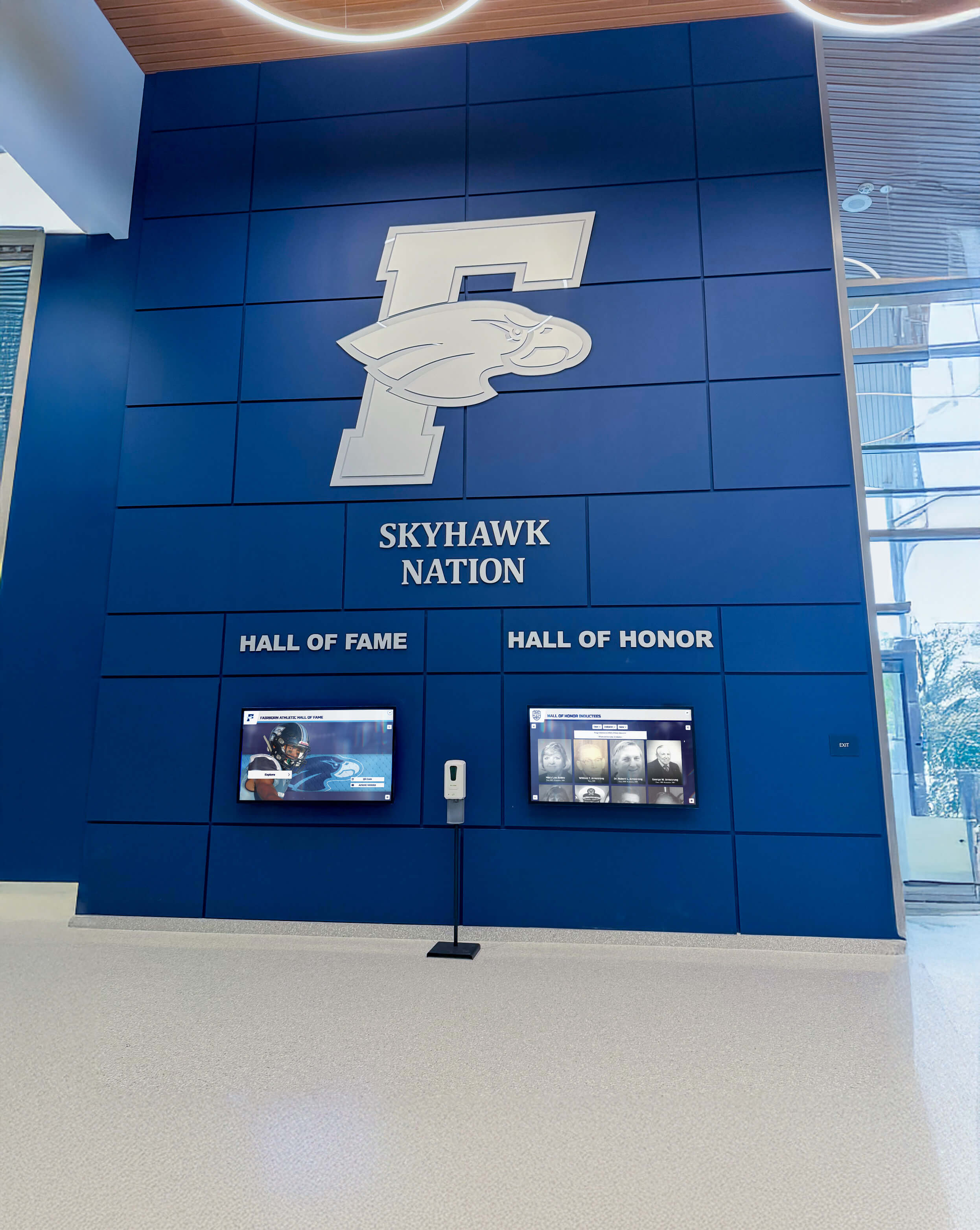
Tracking Regulatory Changes
The high school NIL landscape continues evolving rapidly. State legislatures consider new bills, athletic associations update policies, and court decisions may affect existing frameworks. Athletes, families, and schools must stay current with developments in their jurisdictions.
Useful resources for tracking changes include state high school athletic association websites and policy updates, state legislature bill tracking for NIL-related legislation, national high school sports organizations providing policy analysis, and legal and consulting firms specializing in amateur athletics advising schools and athletes. Given the pace of change, information quickly becomes outdated. Always verify current rules before making NIL-related decisions.
NCAA Eligibility Implications of High School NIL
For student athletes aspiring to compete at the collegiate level, understanding how high school NIL participation affects NCAA eligibility is critical. Missteps during high school can have serious consequences for college opportunities.
Current NCAA Position on High School NIL
As of October 2025, the NCAA allows prospective student athletes (those in high school) to engage in NIL activities before college enrollment without automatically jeopardizing college eligibility, but significant restrictions and requirements apply.
Key NCAA Requirements:
The NCAA’s evolving guidance on high school NIL includes several important provisions. Athletes can engage in NIL activities before college provided they comply with NCAA rules, NIL activities cannot involve the school they ultimately attend or schools recruiting them (preventing pay-for-play), athletes must pause all NIL activities before official visits to colleges and cannot resume school-specific NIL until after signing or committing, any NIL income must come from legitimate endorsement or promotional activities rather than being disguised payments for athletic services, and athletes must report NIL activities to their college compliance office upon enrollment.
These rules attempt to preserve the distinction between legitimate NIL opportunities and recruiting inducements or pay-for-play arrangements that violate NCAA principles.
Prohibited Activities Under NCAA Rules
Even as the NCAA permits some high school NIL, certain activities remain strictly prohibited and can jeopardize college eligibility.
NCAA Red Lines:
Athletes and families must avoid agreements where compensation comes from universities, boosters, or collectives affiliated with specific college programs (before enrollment and commitment), arrangements that condition compensation on attending particular schools, excessive compensation clearly disconnected from athlete’s actual market value (suggesting disguised recruiting payment), and use of college logos, trademarks, or intellectual property before enrollment and authorized by the institution.
Violations of these prohibitions can result in loss of college eligibility, forcing difficult choices between professional status or sitting out seasons. Given these stakes, athletes with serious college aspirations should consult with compliance experts before entering any NIL agreement.
Documentation and Transparency Requirements
The NCAA requires athletes to maintain thorough documentation of all NIL activities and compensation. Upon college enrollment, athletes must disclose all high school NIL agreements to their school’s compliance office. This transparency allows compliance staff to evaluate whether agreements raise eligibility concerns requiring resolution.
Failure to disclose NIL activities can itself trigger eligibility issues, even if the activities would have been permissible with proper disclosure. Honesty and transparency provide the best protection for maintaining college eligibility.
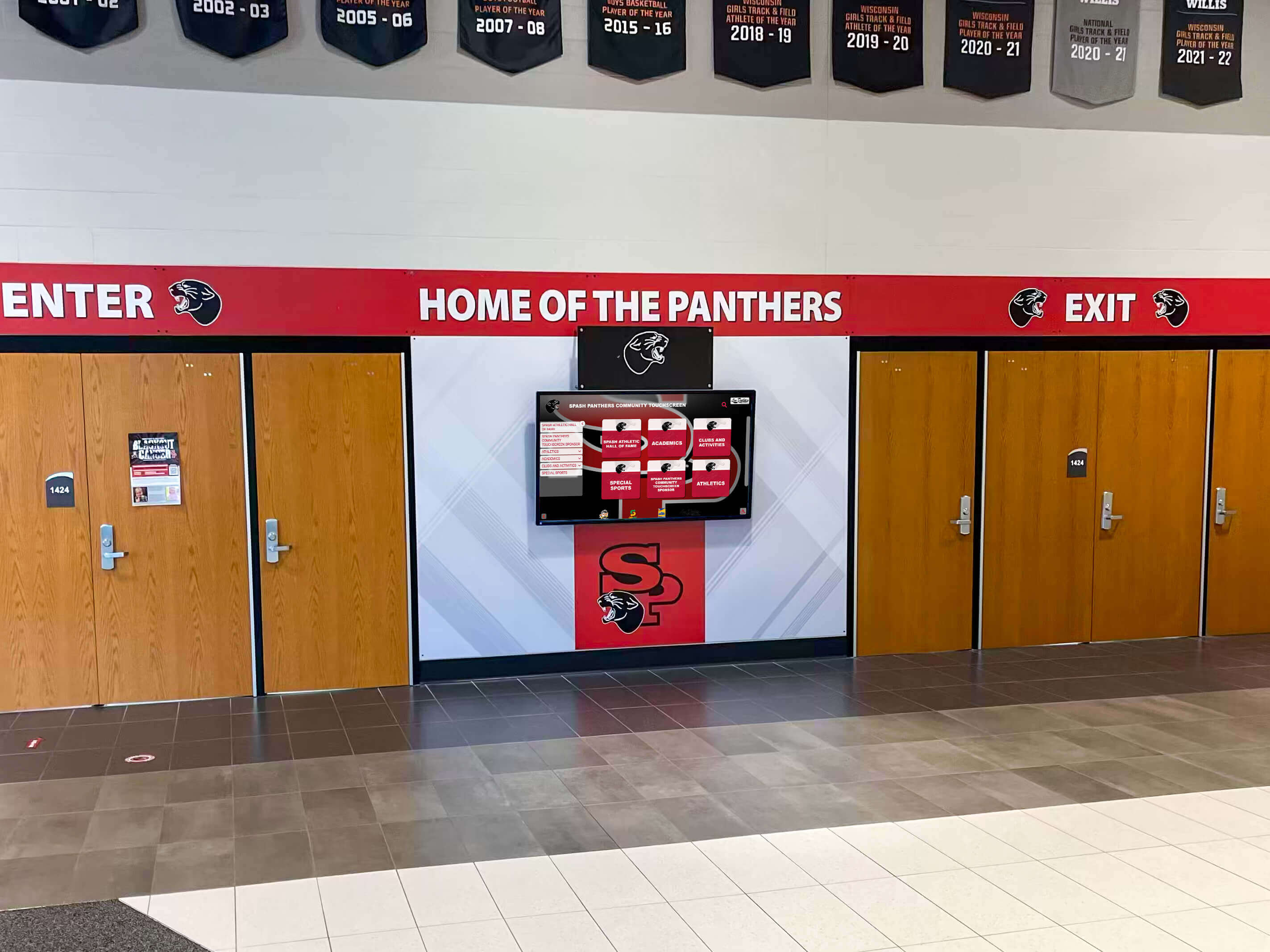
Guidance for College-Bound Athletes
High school athletes intending to compete in college should approach NIL cautiously and strategically. Recommended practices include consulting with NCAA compliance experts before entering agreements, maintaining comprehensive records of all contracts, compensation, and activities, avoiding any arrangements connected to specific colleges or their representatives, ensuring compensation reflects legitimate market value for services provided, and disclosing all NIL activities to college compliance offices immediately upon enrollment.
For most athletes, protecting college eligibility should take priority over high school NIL opportunities unless the financial benefits are substantial and clearly compliant with all relevant rules. The consequences of eligibility loss typically far outweigh moderate NIL income during high school.
Practical Challenges Schools Face with High School NIL
High school administrators and athletic directors navigate complex challenges when NIL enters their environments, even in states where it’s permitted.
Competitive Equity Concerns
Perhaps the most significant concern involves maintaining competitive balance. If some athletes or schools gain advantages through NIL—particularly if arrangements resemble recruiting inducements—competitive equity suffers.
Potential Equity Issues:
Schools and athletic directors worry about several scenarios including athletes transferring to schools where boosters or local businesses offer better NIL opportunities, wealthy communities providing systematically better NIL environments than economically disadvantaged areas, high-profile sports and athletes receiving disproportionate opportunities while athletes in non-revenue sports have no NIL market, and parents or representatives pressuring schools to facilitate NIL deals or provide preferential treatment to athletes with NIL income.
These concerns are legitimate. Some argue that NIL will exacerbate existing inequities in high school athletics where wealthy schools already have advantages in facilities, coaching, and resources. Others counter that prohibiting NIL doesn’t eliminate inequality—it just prevents athletes from benefiting from whatever market value they can create.
Legal and Liability Considerations
Schools face potential legal exposure related to NIL in several ways. Districts must ensure policies don’t violate state NIL laws while maintaining appropriate educational standards, avoid discrimination claims if policies treat athletes differently based on NIL status, prevent use of school intellectual property without proper authorization while not unreasonably restricting athletes, and manage relationships with outside businesses or representatives interacting with students for NIL purposes.
Many schools adopt policies that maintain clear separation between schools and student NIL activities. Schools typically neither facilitate nor prohibit NIL (where legally permitted) but establish clear boundaries preventing school resources, intellectual property, or personnel from involvement in students’ commercial activities.
Administrative Burden and Resource Constraints
Even with hands-off approaches, NIL creates additional administrative work for already stretched athletic departments. Someone must track regulatory changes, educate coaches and families about rules, monitor compliance with state and association policies, respond to questions and concerns from stakeholders, and address conflicts between NIL activities and school obligations.
Most high schools lack dedicated compliance offices like colleges employ. This work falls to athletic directors, principals, or coaches who already manage extensive responsibilities. The administrative burden can be substantial, particularly in environments where rules are ambiguous or frequently changing.
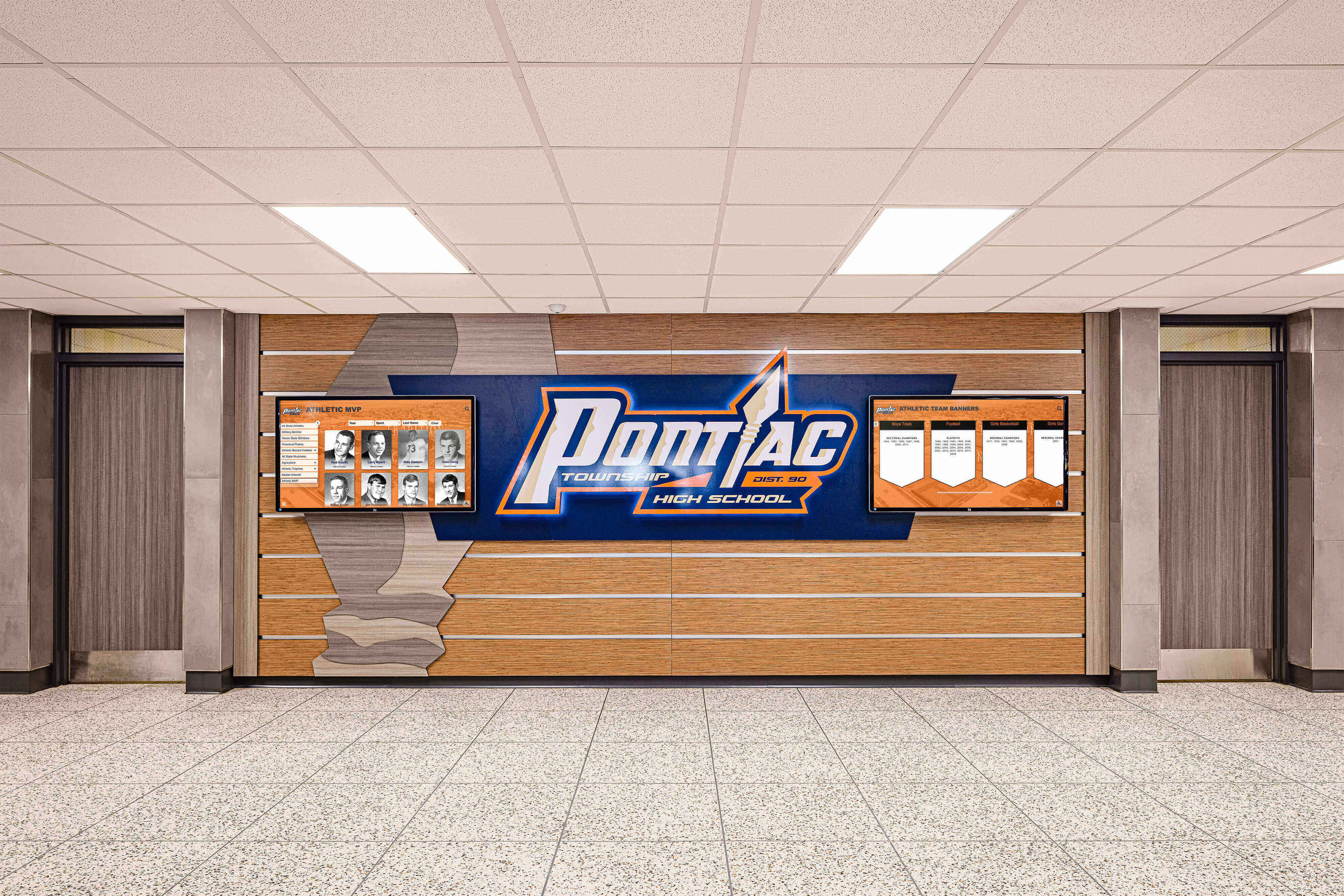
Coaching Relationships and Team Dynamics
NIL can affect team dynamics and coaching relationships in several ways. Coaches may face situations where some athletes earn significant NIL income while teammates in the same sport earn nothing, creating potential resentment, athletes might prioritize NIL obligations over team activities if not properly managed, parents might pressure coaches to provide more playing time or visibility for athletes with NIL opportunities, and recruiting dynamics could shift if families consider NIL opportunities when selecting schools.
Successful coaches proactively address these dynamics through clear communication, explicit policies about prioritization of team obligations, team culture emphasizing collective success over individual gain, and fair, merit-based playing time decisions insulated from external pressure. When handled thoughtfully, NIL need not disrupt positive team environments.
Best Practices for Schools Navigating High School NIL
Schools can take proactive steps to navigate NIL challenges while supporting student athletes appropriately.
Developing Clear NIL Policies
Whether operating in permissive or restrictive states, schools benefit from clear, written NIL policies that establish expectations and boundaries. Effective policies should address whether and under what circumstances athletes may participate in NIL activities, how the school will (or won’t) be involved in student NIL activities, use of school intellectual property including logos, facilities, and equipment, prohibitions on school personnel facilitating or brokering NIL deals, expectations for prioritization of academic and athletic obligations over NIL activities, and consequences for policy violations.
Clear policies reduce ambiguity and provide frameworks for addressing issues when they arise. Policies should be developed collaboratively with input from administrators, coaches, legal counsel, and athletic associations to ensure compliance and practical implementation.
Education for Athletes, Families, and Coaches
Many problems stem from misunderstanding rules and implications. Comprehensive educational programming helps all stakeholders make informed decisions. Educational initiatives should cover current state and NCAA rules regarding NIL eligibility, risks including potential loss of eligibility or competitive inequities, financial literacy including tax implications of NIL income, contract basics and red flags to avoid, and where to find help when evaluating opportunities.
Schools might partner with local attorneys, financial advisors, or compliance consultants to provide this education. Investment in education prevents problems before they develop rather than addressing crises after the fact.
Maintaining Separation Between Schools and NIL Activities
Most legal and policy experts recommend that schools maintain clear separation from students’ NIL activities. This separation protects schools from liability while preserving student autonomy. Separation strategies include refraining from facilitating, arranging, or brokering NIL deals for students, prohibiting use of school facilities, logos, or resources for NIL activities without proper licensing, ensuring school personnel don’t serve as agents or representatives for student athletes, and treating all athletes equally regardless of their NIL status.
This hands-off approach can frustrate families wanting school support for NIL opportunities, but it provides important legal and ethical protection while allowing students to pursue opportunities independently.
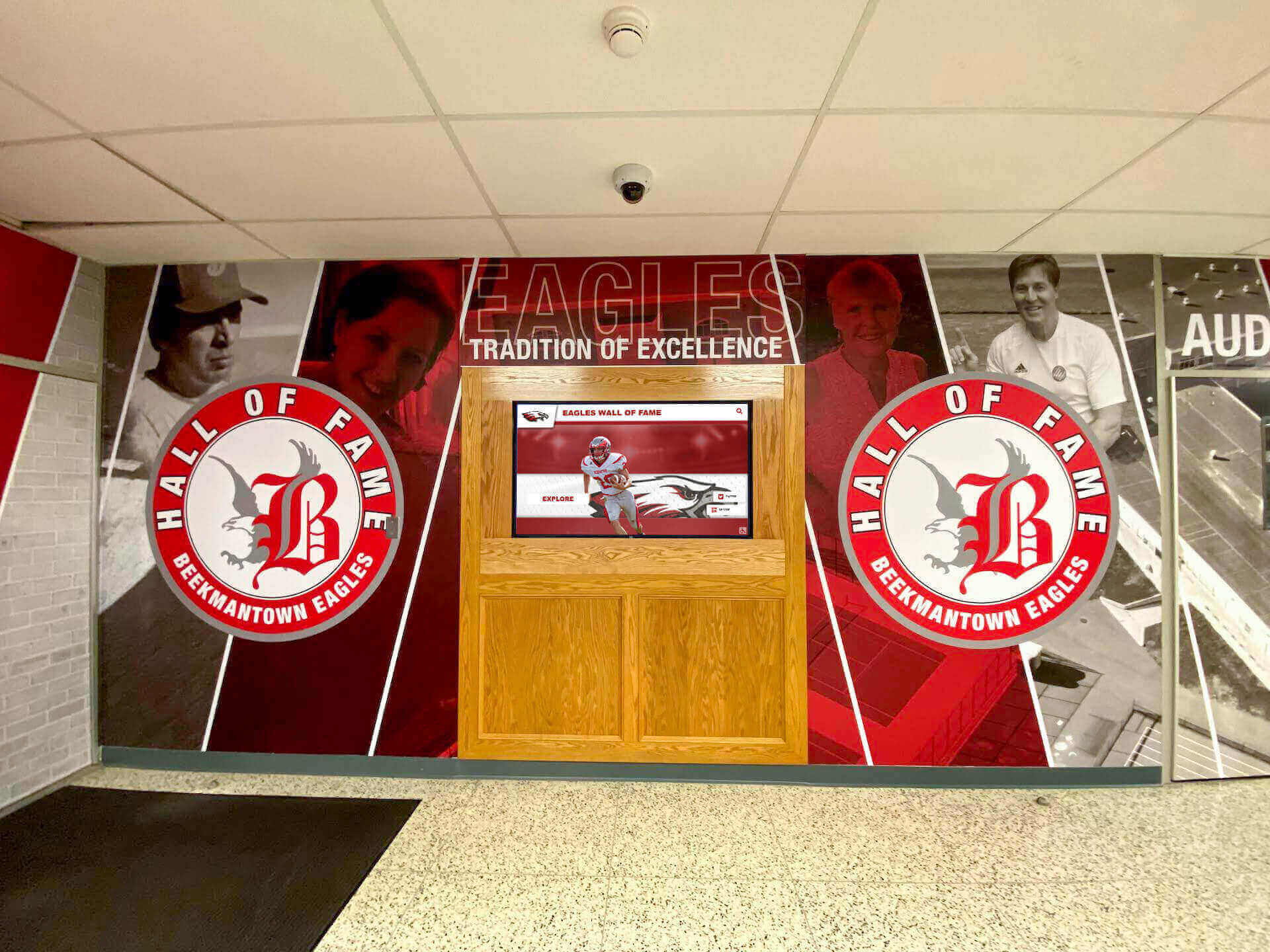
Focusing on What Schools Do Best: Recognition and Celebration
While schools may maintain separation from commercial NIL activities, they can and should continue celebrating student achievements through appropriate recognition programs. Recognition represents a core educational function distinct from commercial NIL.
Schools can appropriately showcase student athletes through displays highlighting achievements and records, ceremony recognition at athletic events or school assemblies, social media posts celebrating accomplishments from school accounts, and inclusion in school publications and communications. These recognition activities don’t constitute NIL in commercial senses and fall squarely within schools’ educational missions. Digital recognition displays like those provided through solutions such as Rocket Alumni Solutions enable schools to celebrate student athletes comprehensively while maintaining appropriate boundaries around commercial activities.
The distinction is important: schools celebrating students for educational purposes differs fundamentally from schools facilitating commercial endorsements. Recognition serves educational missions; commercial NIL involves business transactions that schools should generally avoid.
Guidance for Athletes and Families Considering NIL Opportunities
Student athletes and their families evaluating NIL opportunities should approach decisions carefully and systematically.
Evaluating Whether NIL Makes Sense
Not every athlete should pursue NIL, even where permitted. Thoughtful evaluation considers the athlete’s goals—if college athletics is the priority, does potential NIL income justify any eligibility risk? What is the realistic market value considering the athlete’s sport, performance level, local market, and following? Are there time and attention costs? Will NIL obligations interfere with academics, athletic development, or other priorities? What is the family’s capacity to manage contracts, tax obligations, and administrative requirements? And finally, what is the risk tolerance—how comfortable are you with regulatory uncertainty and potential complications?
For many high school athletes, particularly those with serious college aspirations, the risk-reward calculation favors focusing on athletic and academic development over modest NIL income. For others with exceptional marketability or less certain college prospects, NIL may represent meaningful opportunities worth pursuing.
Identifying Legitimate Opportunities Versus Red Flags
As high school NIL develops, unfortunately, some predatory actors may attempt to exploit young athletes and families. Red flags that warrant extreme caution include offers that seem too good to be true relative to athlete’s actual market value, pressure to sign quickly without time for review and consultation, requests for upfront payments or personal financial information, agreements requiring exclusivity that prevents other opportunities, contracts with terms difficult to understand or containing unusual provisions, representatives who cannot provide clear credentials or references, and offers connected to specific colleges or conditional on college choices.
Legitimate NIL opportunities typically involve established local businesses with genuine commercial interest in associating with the athlete, clear deliverables (social media posts, appearances, endorsements) with fair compensation, professional contracts that families can review with legal counsel, no pressure to decide quickly, and no connection to college recruiting or specific college programs.
Building Support Teams
Athletes and families shouldn’t navigate NIL alone. Consider building support teams including legal counsel familiar with amateur athletics and contract law, financial advisors who can address tax implications and financial management, marketing or branding consultants if pursuing significant NIL opportunities, and compliance experts who understand NCAA and state rules.
Professional guidance costs money but prevents expensive mistakes. For significant NIL agreements, professional review typically justifies the cost. For small local arrangements, careful personal review using available educational resources may suffice, though consultation remains advisable when possible.
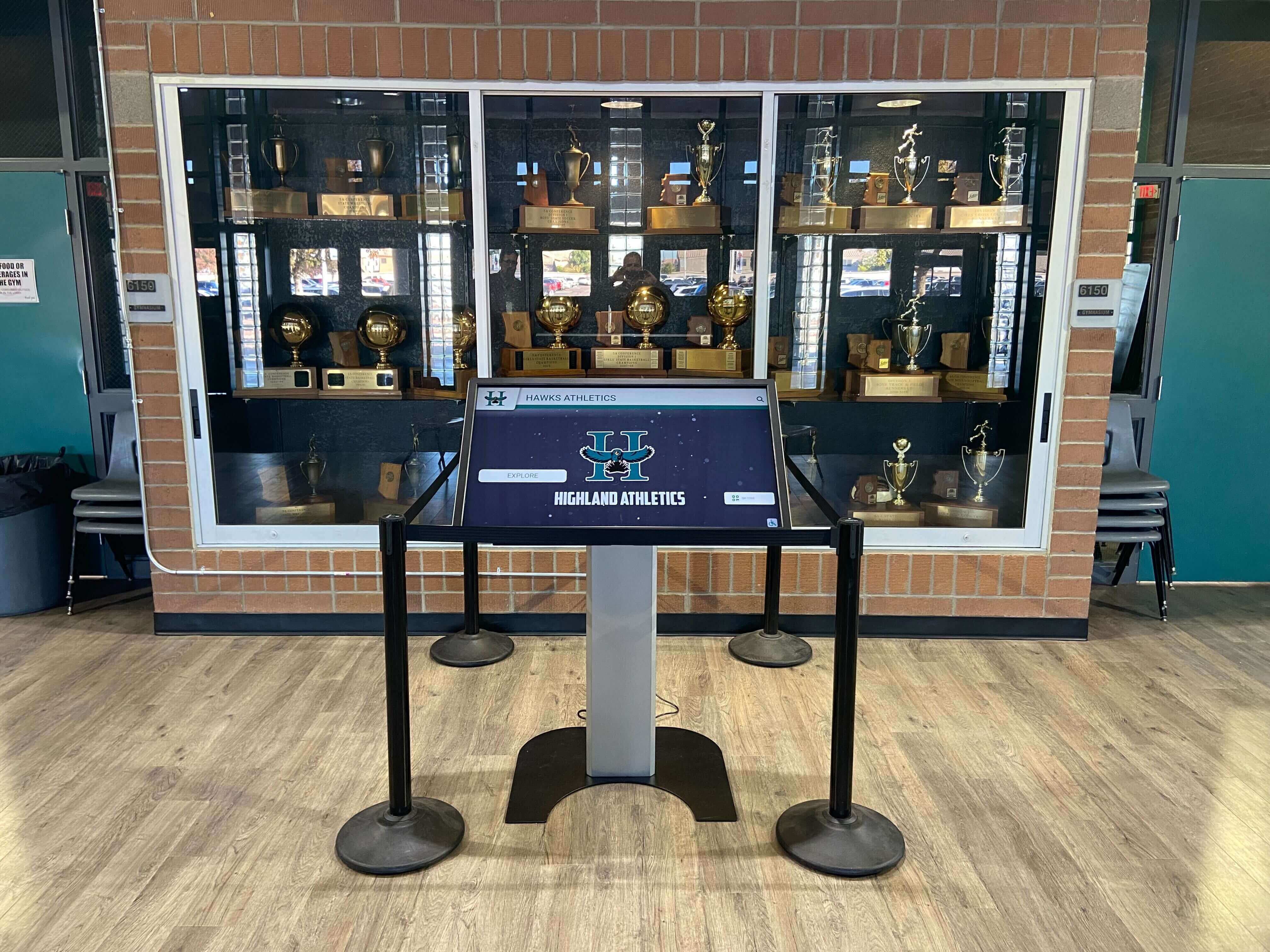
Protecting Long-Term Interests
Short-term NIL income should not jeopardize long-term opportunities. Protecting long-term interests requires maintaining academic eligibility and progress—no NIL opportunity is worth academic failure, prioritizing athletic development over NIL distractions, documenting everything thoroughly for future disclosure requirements, avoiding any arrangements that could jeopardize college eligibility, and maintaining ethical standards and personal brand that support long-term success.
Athletes must remember that for all but an extremely small percentage, the real financial value of athletics comes through college scholarships, not high school NIL. Protecting college opportunities should remain the paramount concern for most athletes.
How Digital Recognition Supports Student Athletes in the NIL Era
While schools should maintain separation from commercial NIL activities, comprehensive recognition programs serve educational missions while complementing athletes’ personal brand development in appropriate ways.
Recognition as Educational Practice Versus Commercial NIL
Important distinctions separate educational recognition from commercial NIL. School recognition programs serve educational purposes including celebrating achievement, motivating students, building school culture, documenting institutional history, and teaching values through highlighting exemplary individuals.
Commercial NIL involves business transactions where athletes receive compensation for commercial use of their identity. Schools can engage fully in recognition while maintaining appropriate separation from commercial NIL. In fact, strong recognition programs can support athletes’ personal brand development in complementary ways.
Building Athlete Profiles That Support Personal Brands
Comprehensive digital recognition displays create detailed athlete profiles showcasing achievements, statistics, honors, and accomplishments. These profiles serve legitimate educational purposes while also providing athletes with professional documentation of their achievements useful for various purposes including college recruiting profiles, personal websites and social media content, media inquiries and interviews, and building personal brands that may support future NIL opportunities.
When schools create high-quality recognition content, they provide athletes with valuable resources athletes can use appropriately in various contexts. This support doesn’t constitute school involvement in commercial NIL but represents legitimate educational recognition that happens to have additional utility.
Celebrating College Commitments and Athletic Success
One particularly relevant recognition opportunity involves celebrating athletes who sign to compete at collegiate levels. Digital displays highlighting college signings provide inspiring examples for younger athletes while honoring significant achievements.
These celebrations serve multiple purposes. They recognize individual achievement, inspire younger athletes to pursue college opportunities, demonstrate program success to communities and recruits, and maintain alumni connections as athletes transition to college. All of these outcomes support educational missions while having nothing to do with commercial NIL.
Creating Comprehensive Athletic Histories
Comprehensive sports record keeping through digital platforms documents athletic excellence across years and generations. This historical documentation celebrates institutional traditions while providing contexts for current athlete achievements.
Historical recognition helps current athletes see themselves as parts of ongoing excellence rather than isolated individuals. It also provides content that athletes can reference when building personal narratives—being a school record holder or contributing to championship teams represents significant achievement worth highlighting in various contexts.

Multi-Sport and Academic Achievement Recognition
Many high school athletes compete in multiple sports while maintaining strong academic performance. Recognition systems that showcase athletic achievements alongside academic excellence present complete pictures of student athletes as well-rounded individuals.
This comprehensive recognition supports personal brand development in authentic ways. Student athletes aren’t just competitors in single sports—they’re complete individuals with diverse talents and achievements. Recognition that captures this complexity provides valuable content athletes can use in college applications, scholarship essays, recruiting profiles, and if appropriate, personal brand development for legitimate NIL purposes.
The Future of NIL in High School Sports
High school NIL remains in early stages. Understanding likely trends helps schools and families prepare for evolving landscapes.
Likely Regulatory Trends
Several regulatory trends appear probable over coming years. More states will likely establish clear policies either explicitly permitting or prohibiting high school NIL, reducing current ambiguity. There will be increased standardization as national organizations develop model policies and best practices. Greater oversight mechanisms will emerge to monitor NIL activities and prevent abuse. More sophisticated compliance systems similar to college athletics may develop at high school levels. Courts will likely continue shaping the legal landscape through challenges to restrictive policies.
The direction of travel appears toward greater permissiveness with appropriate guardrails rather than absolute prohibitions, though significant state-to-state variation will likely persist.
Market Development and Opportunities
As regulatory frameworks clarify, market opportunities may expand through development of platforms connecting high school athletes with local business opportunities, collectives or cooperatives that pool opportunities for athletes, brand management services tailored to high school athletes, and educational resources and tools helping athletes and families navigate NIL safely.
However, market realities will likely remain quite different from college NIL. Most high school athletes simply don’t have sufficient following or marketability to generate substantial NIL income. Opportunities will concentrate among exceptional athletes in high-profile sports or those with significant social media followings. Families should maintain realistic expectations about potential income.
Technology and Social Media Influences
Social media continues reshaping how athletes build personal brands and access opportunities. Athletes with significant social media followings may have NIL opportunities unavailable to more accomplished athletes without digital presence. This reality creates new dynamics in high school athletics where social media skills and personal branding become relevant alongside athletic ability.
Schools may need to provide education not just about NIL rules but about social media best practices, personal branding, and digital literacy as these skills increasingly affect athletic opportunities.
Continued Focus on Education and Protection
Regardless of how permissive NIL policies become, emphasis on education and protecting young athletes should remain paramount. Minors face exploitation risks that adults do not. Strong protections including parental involvement requirements, financial literacy education, contract review processes, and prohibition of predatory practices must accompany any expansion of high school NIL opportunities.
The goal should be allowing appropriate opportunities while prioritizing educational missions and long-term student welfare over short-term commercial interests.

Balancing Tradition and Innovation in High School Athletics
The emergence of NIL represents one element of broader changes in high school athletics. Schools must balance tradition with innovation, maintaining core educational values while adapting to evolving contexts.
Preserving Educational Priorities
High school athletics serve educational purposes including teaching life skills, promoting physical health, building character and leadership, creating school community and pride, and providing college opportunities through scholarships. These purposes should remain central regardless of NIL developments.
When NIL threatens to overshadow educational purposes—turning athletics into primarily commercial enterprises or creating excessive focus on individual gain over team success—course corrections become necessary. NIL should complement rather than supplant educational missions of high school sports.
Maintaining Competitive Integrity
Competitive integrity represents another core value requiring protection. High school athletic competition should reward talent, effort, preparation, and teamwork—not financial resources or commercial arrangements. Policies must prevent NIL from becoming recruiting tools or pay-for-play schemes that undermine fair competition.
States and athletic associations will need to monitor NIL activities vigilantly and adapt policies when necessary to preserve competitive balance. This may require restrictions that limit some otherwise legitimate opportunities if they threaten competitive integrity.
Supporting All Student Athletes
Not all student athletes will have NIL opportunities, and most who do will earn modest amounts. Schools must support all athletes equally—those with and without NIL opportunities, those in high-profile and niche sports, those from wealthy and economically disadvantaged backgrounds.
Recognition programs represent one way schools can support all athletes. While commercial markets may favor some athletes over others, schools can ensure all athletes who meet standards receive appropriate celebration and acknowledgment. Comprehensive student recognition programs create inclusive environments where success takes many forms.
Celebrating Achievement Appropriately
Ultimately, high school athletics should celebrate achievement—athletic excellence, academic success, character development, leadership, and service. Whether through traditional trophy cases or modern digital trophy displays, schools should maintain robust recognition traditions that honor what students accomplish and the values they exemplify.
These recognition practices need not change fundamentally because of NIL. Schools can continue celebrating students in educationally appropriate ways regardless of commercial activities some students may pursue independently. The core mission remains constant even as some contextual elements evolve.
Conclusion: Navigating High School NIL Thoughtfully and Strategically
Name, Image, and Likeness rights in high school athletics represent complex issues without simple answers. The landscape remains fluid with significant variation across states, sports, and circumstances. Legitimate perspectives exist on multiple sides—those who see NIL as overdue recognition of athlete value and those who worry about commercialization threatening educational missions and competitive integrity.
For schools, the path forward requires clear policies appropriate to regulatory contexts, education for all stakeholders about rules and implications, maintaining separation between educational functions and commercial activities, continued focus on celebrating achievement through appropriate recognition, and adaptation as regulatory frameworks evolve while maintaining core educational values.
For athletes and families, thoughtful navigation requires understanding relevant state and NCAA rules, realistic assessment of opportunities and risks, prioritization of long-term interests including college eligibility, professional guidance when evaluating significant opportunities, and remembering that athletic development and academic success matter more than modest NIL income for most students.
The emergence of high school NIL doesn’t change fundamental purposes of high school athletics—developing young people, teaching valuable lessons, building school community, and creating opportunities for students to pursue their potential. These purposes persist regardless of whether some athletes can profit from their achievements along the way.
Schools can support student athletes through comprehensive recognition that celebrates achievement, inspires excellence, and documents institutional history—all educational functions that complement rather than compete with whatever NIL opportunities may exist. Solutions like those provided through platforms including Rocket Alumni Solutions enable schools to maintain robust recognition traditions appropriate for the NIL era while focusing on educational missions.
As high school NIL continues evolving, maintaining perspective proves essential. For the overwhelming majority of high school athletes, the real value of athletic participation comes through life lessons learned, relationships built, personal growth achieved, and college opportunities earned—not through high school NIL income. Policies, decisions, and priorities should reflect these realities while allowing appropriate opportunities for the small number of athletes who can benefit meaningfully from NIL without compromising more important long-term interests.
The future will likely bring greater clarity to regulatory frameworks, development of support systems and guardrails, continued evolution of market opportunities and limitations, and adaptation of educational practices to new realities. Schools, athletes, and families who stay informed, act thoughtfully, prioritize education, and maintain perspective will navigate this landscape successfully regardless of how specific details evolve.



































